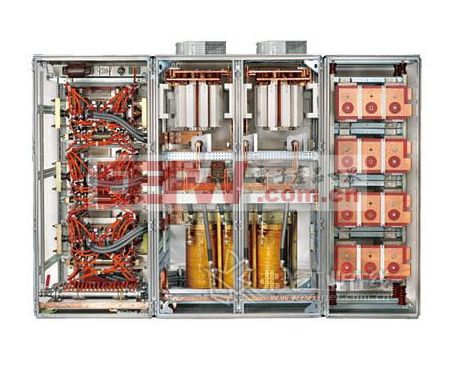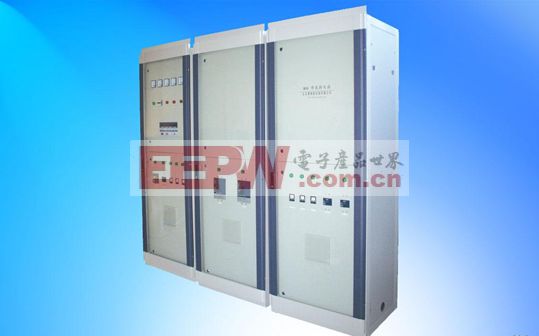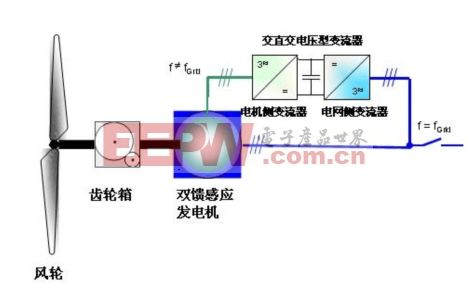Introduction: This article delves into the working principle of a converter. A converter, as its name suggests, is an electrical device that modifies various power characteristics such as voltage, frequency, and phase. Let’s explore how this essential component works with Xiaobian!
1. Converter Working Principle – Overview
A converter is an electrical device that changes the voltage, frequency, number of phases, or other electrical parameters in a power system. It can be categorized into different types, including rectifiers (AC to DC), inverters (DC to AC), AC converters, and DC choppers. These devices are typically controlled through loop control circuits, which ensure stable and efficient operation.

2. Converter Working Principle – Structure
Besides the main circuit, a converter also requires a trigger circuit to control the switching of power components and a control circuit to manage and adjust the power flow. The trigger circuit usually consists of a pulse generator and a pulse output unit. Depending on the function, it can be classified into phase control, chopping control, or frequency control trigger circuits. For example, a sine wave frequency control circuit not only regulates the inverter's output voltage but also enhances its quality.

3. Working Principle of the Converter
Let’s take a wind power converter as an example to understand its operation. This type of converter uses three-phase voltage-type AC-DC-AC bidirectional technology, with a "dual DSP full digital controller" at its core for fast floating-point calculations. The system supports adjustable input and output power factors, automatic soft grid connection, and maximum power point tracking (MPPT) control.
The power module employs high-frequency IGBT devices to ensure a clean and stable output waveform. The rectifier-inverter unit offers a simple structure and reduced harmonic distortion, significantly improving the performance and power quality of the doubly-fed asynchronous generator. The excitation control system of the voltage-type AC-DC-AC converter enables independent control of active and reactive power, based on MPPT from the wind turbine. This makes it a key technology in modern doubly-fed wind power systems.

The block diagram of the converter’s working principle is shown below:
Expand reading:
- 1. Research on double closed loop current control of four quadrant converter
- 2. Modeling and control of a three-active bridge converter
- 3. Design of wind power converter based on LCL filter
Inverter
D-subminiature Connector,D-Sub Connector,Power D-Sub,D-Sub Power Connector,High Power D-Sub Connector,db9,db15,db25,ip67 D-Sub,waterproof D-Sub connector,D-Sub connector female,D-Sub male connector
Dongguan Yiyou Electronic Technology Co., Ltd. , https://www.dsubminiature.com